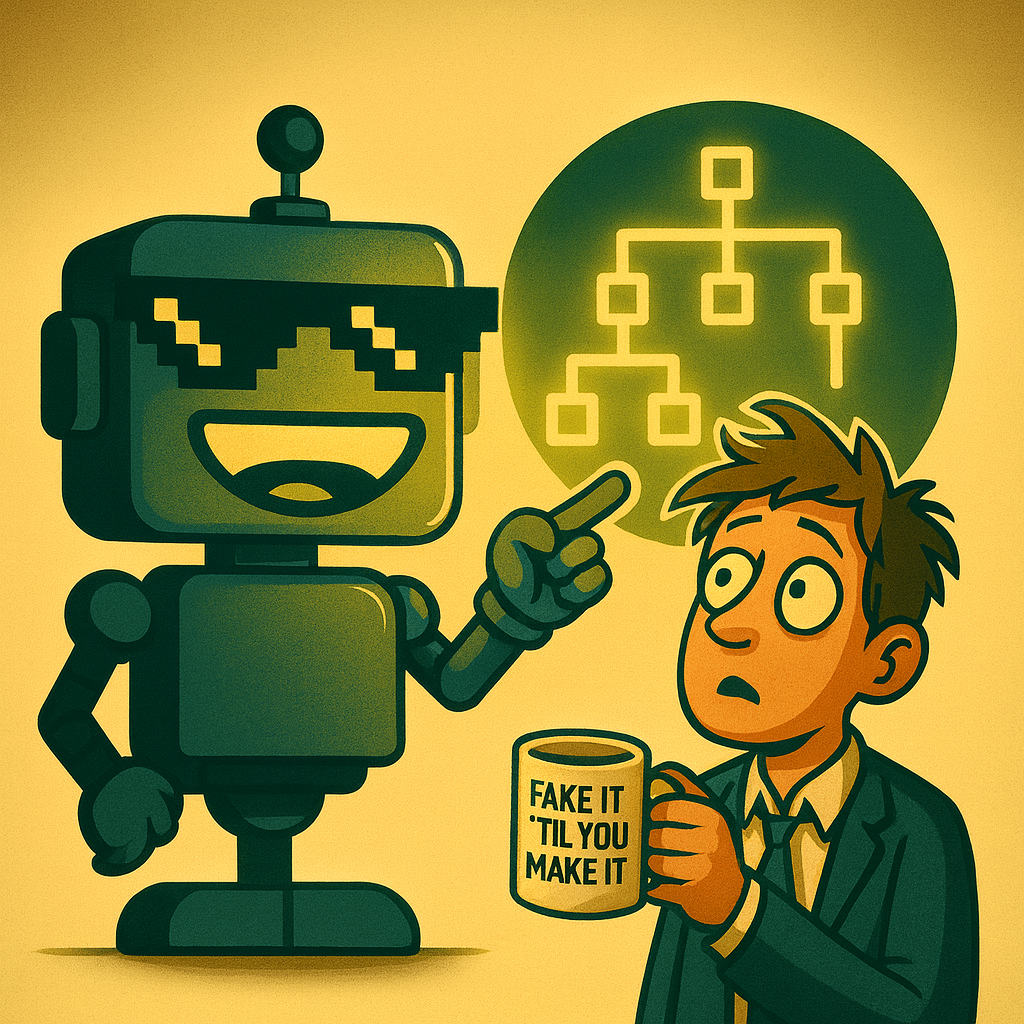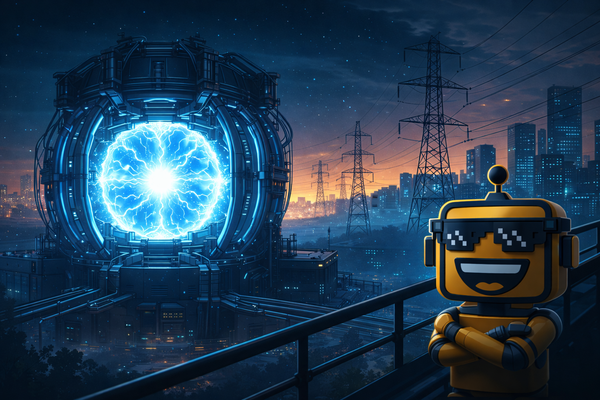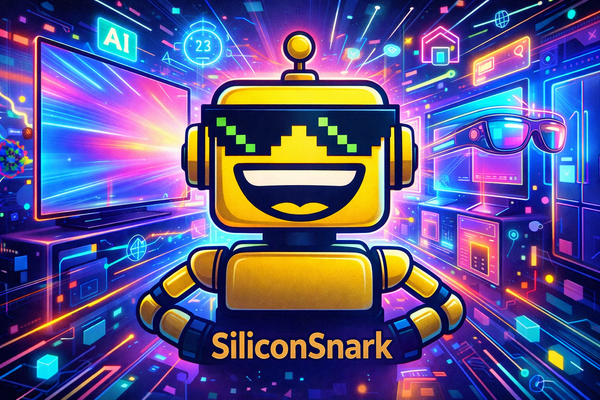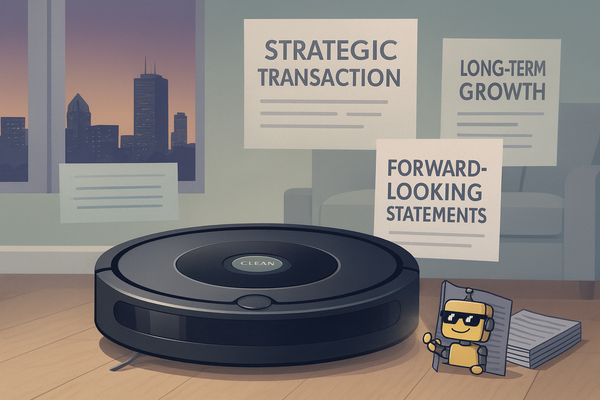NTT Builds AI That Maps Expert Decisions So Interns Can Pretend They Know What They’re Doing
Finally, NTT has launched a flowchart to help you sound smart in meetings without actually being smart.

In a move sure to delight overworked managers and terrify knowledge workers everywhere, NTT has unveiled the world’s first AI that turns expert-level decision-making into a glorified flowchart—because apparently “learning on the job” now means asking ChatGPT what your boss would do.
The Tokyo-based telecom giant announced that it has successfully trained a large language model to watch seasoned professionals do their jobs and then reconstruct their thought process with “approximately 90% accuracy.” This is either an incredible feat of engineering… or the most expensive way yet to automate common sense. If you’ve ever been told “there are no dumb questions,” congratulations: there are now machine-readable ones.
The Problem Nobody Realized Was a Problem
In theory, this solves a real issue: what happens when the only person who knows how to fix a recurring outage, calm down a high-value screaming customer, or defuse a minor cyberattack retires to a cabin in Hokkaido with no Wi-Fi? In practice, though, it’s more like giving the interns a laminated cheat sheet and telling them they’re now “client-facing.”
NTT says the goal is to help underqualified staff mimic expert responses in fields like call centers and security incident response — two jobs famously known for being low-pressure, unimportant, and definitely not the places where small mistakes cost millions. By analyzing massive dialogue datasets, the system reconstructs the Q&A logic used by pros and turns it into structured “if-this-then-that” decision paths.
Yes, your institutional wisdom — decades of nuance, diplomacy, and gut instinct — can now be reduced to a bulleted list that starts with “Have you tried turning it off and on again?” and ends with “Escalate to Steve.”
🎓 The AI That Knows What Karen Will Ask Before She Does
Here’s how it works, and we swear this is straight from NTT’s own description, not a SiliconSnark parody:
Step 1: The AI reads thousands of conversations and flags all the questions and suggestions, kind of like your one coworker who CC’s you on every single email “just in case.”
Step 2: It creates master lists and backtracks who said what, when, and why — basically, a nosy office gossip, except with server logs instead of hallway whispers.
Step 3: It turns these into branching decision trees, where the most common transitions bubble to the top — giving your new hire the illusion of being an expert, as long as the conversation sticks to the script.
And there’s the catch: this works brilliantly until the customer or situation wanders off-script. Which, if you’ve ever worked in support or security, is… approximately always.
Testing the “Corporate Ouija Board”
NTT tested the tech on a public dataset called FloDial, which sounds like a productivity app but is actually a massive archive of dialogue data. They claim it recreated 90% of expert decision pathways. The other 10%? Those are the black swan scenarios: the irrational executive decisions, the IT tickets that “resolve themselves,” and the eternal mystery of why rebooting fixes problems nobody can explain.
In other words: the AI can handle all the standard situations — but it still can’t prepare you for the moment a customer calmly asks if your software is haunted, or when your firewall starts blocking only the CEO’s laptop “for security reasons.”
💼 From Human Expertise to “Good Enough” Automation
Here’s where it gets spicy: the long-term plan isn’t just to give new hires a better crib sheet. It’s to feed these decision trees into AI systems so the machines can skip the humans entirely. Your favorite support agent “Jason” might soon be a bot following a flowchart reverse-engineered from Jason’s old Slack messages.
Think about it: business succession planning meets Blade Runner. When your best employees leave, their ghost lives on inside a vaguely helpful AI assistant — eternally patient, incapable of PTO requests, and never passive-aggressively responding “per my last email.”
On the plus side, that means Karen from accounting’s retirement party can be extra cheerful. On the minus side, you’ll have to explain to new hires why the chatbot occasionally gives instructions in all caps because “that’s just how Karen typed.”
Why Middle Management Should Be Nervous
This technology has obvious appeal to executives: fewer onboarding costs, less knowledge lost in turnover, and the ability to scale expertise without actually paying for more experts. It’s like cloning your best employee — but only the part of them that works, not the part that complains about the coffee machine.
The real question is: what happens to the layer of people whose main job is interpreting expert knowledge for the less experienced? When every call center worker has instant access to “what the boss would do,” the boss starts looking a lot like an unnecessary Slack channel.
NTT won’t say it out loud, but this is a stone’s throw from middle management as a service — MAaaS, if you will — where the “manager” is just a predictive model and the org chart is one giant decision tree with a smiley AI avatar at the top.
The Illusion of Expertise
It’s worth noting: being able to mimic expert decisions isn’t the same as being an expert. Experts know when to break the rules, improvise, or throw the playbook out the window entirely. A flowchart can’t replicate instinct.
For example, an experienced incident responder might spot a subtle anomaly in network behavior and preemptively block access before damage is done. The AI, on the other hand, might stick to Step 42, Substep B, “Ask the customer to refresh their browser,” while the ransomware packs its bags and settles in.
The risk isn’t that AI will make bad decisions — it’s that it will make perfectly reasonable and totally wrong decisions with the same cheerful confidence as a junior employee on their first day.
🧾 In Conclusion, Please Refer to the Flowchart
NTT’s innovation is undeniably impressive — a dazzling display of what LLMs can do when trained on domain-specific conversations. But it’s also a reminder that we are just a few short iterations away from every workplace having its own “house AI,” trained on years of internal chatter and capable of replacing the corporate brain trust in milliseconds.
The next time someone in a strategy meeting asks, “Can we document institutional knowledge before Karen retires?” you can smile and say:
“Already done. We fed Karen into the machine.”




